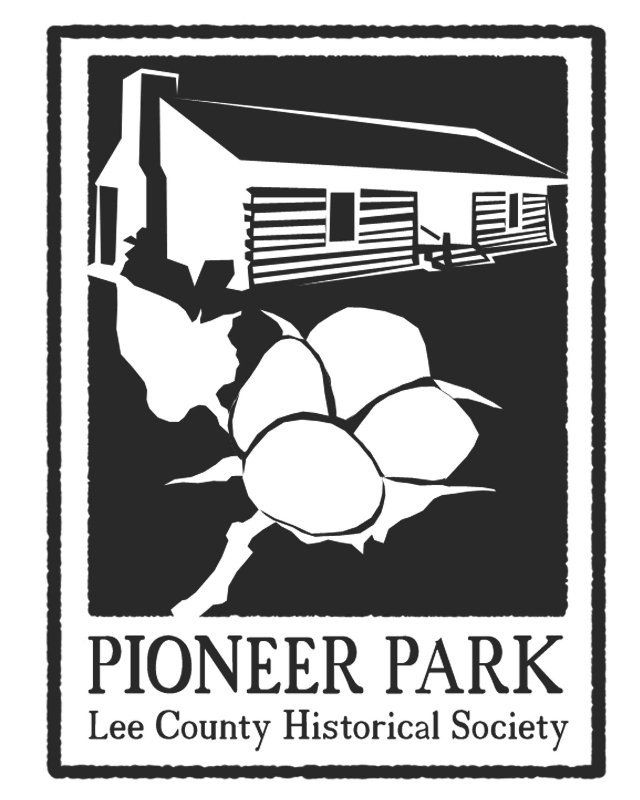Crops of Early Alabama
Step back in time and journey through the agricultural history of Lee County, Alabama, where the roots of farming run deep.
The Agricultural Evolution:
From Cotton to Peanuts in Lee County, Alabama
Introduction
Lee County, Alabama, has a rich history deeply rooted in agriculture. A century ago, life in Lee County was vastly different, with families relying on farming for their sustenance and livelihood. This article delves into the agricultural landscape of Lee County during the late 1800s and early 1900s, highlighting the transition from cotton, the primary cash crop, to peanuts as a result of the devastating impact of the Mexican boll weevil in 1911.
Life on the Farm a Century Ago
Growing up in Lee County a century ago meant being an integral part of a family farm. Children were not found in schools, but rather assisting their families in cultivating the land. Living miles away from town, there were no convenient trips to Walmart or CVS; everything needed on the farm had to be crafted or grown by the family.
Cotton: The King of Cash Crops
In 1819, when Alabama became a state, settlers flocked to exploit the fertile land for field crops. Cotton emerged as the premier cash crop, driving economic prosperity. The demand for cotton, especially from regions like Georgia, the Carolinas, and Tennessee, led to the widespread use of African slaves for labor. Even after the Civil War, the sharecropping system continued to dominate, with cotton picking being a crucial event in the late 1800s and early 1900s.
The Rise of Peanuts
In 1911, the Mexican boll weevil wreaked havoc on the cotton crops, leaving farmers desperate for a solution. Enter Dr. George Washington Carver, a professor at Tuskegee Institute, who was experimenting with a relatively new crop—peanuts. Dr. Carver's research demonstrated that peanuts could thrive in soils depleted by cotton cultivation. As farmers shifted to peanuts, a new meal processing plant was established in South Alabama, allowing them to derive income once again.
Peanuts: A Saving Grace
Peanuts not only proved to be a viable alternative to cotton but also became the second-largest crop in Alabama. The adaptability of peanuts to the worn-out sandy soils of South Alabama revitalized farming in the region. A monument in Enterprise, Alabama, commemorates the impact of the boll weevil, acknowledging how this unexpected crisis reshaped the agricultural landscape and saved numerous family farms.
Conclusion
The transition from cotton to peanuts in Lee County showcases the resilience of the farming community. This shift not only saved livelihoods but also influenced agricultural practices in the region for generations.
Visit the Next Virtual Stop
This is the text area for a paragraph describing this service. You may want to give examples of the service and who may benefit. Describe the benefits and advantages of this group of services, explaining to users why they should choose your company.
Visit the Previous Virtual Tour Stop
This is the text area for a paragraph describing this service. You may want to give examples of the service and who may benefit. Describe the benefits and advantages of this group of services, explaining to users why they should choose your company.
Would you like to visit Pioneer Park firsthand or arrange a field trip?
The museum is open Wednesdays through Fridays: 12:00 p.m. to 4:00 p.m. and all of Pioneer Park is open every Second Saturday of Every Month: 9:00 a.m. to 3:00 p.m.
Museum tours may also be scheduled at other times by appointment by calling (334) 887-3007.

Loachapoka, Alabama 36865
- Auburn Heritage Association
- Chattahoochee Valley Historical Society
- Clay County Historical Society
- Columbia Historical Society
- Dale County Historical Society
- Dothan Landmark Park
- Early County Historical Society
- Eufaula Heritage Association
- Henry County Historical Group
- Historic Chattahoochee Commission
- Historic Columbus Foundation
- Historic Westville
- Troup County Historical Society
